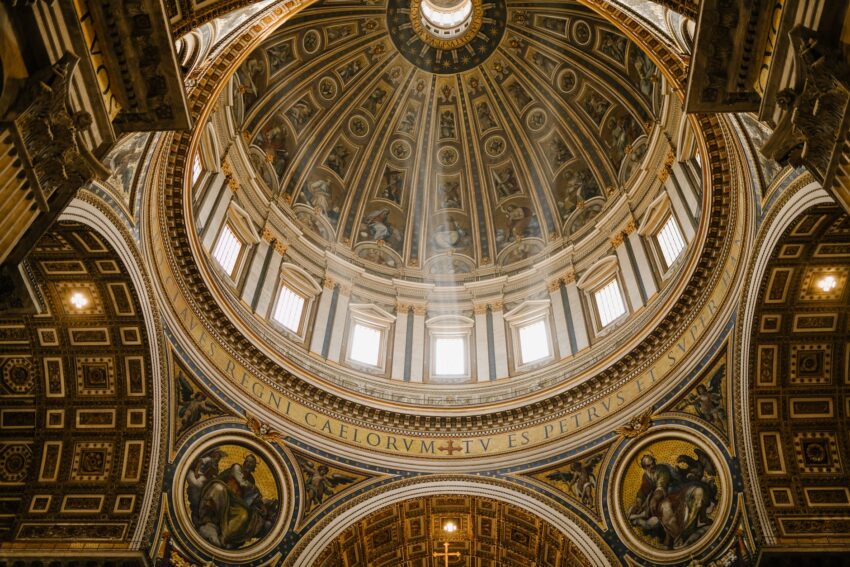Psychedelic art, recognized by its vibrant colors, surreal images, and hypnotic designs, has played a significant role in shaping our visual culture.
Originating from the 1960s countercultural revolution, the term psychadelic art encapsulates a variety of art forms, including posters, album covers, and graphic design, imbued with mind-bending aesthetics to mirror the hallucinogenic experiences induced by psychedelic drugs. They became an integral part of the hippie culture. Immersed in vibrant colors and dreamlike surrealism, the art often depicts trippy visuals of distorted or exaggerated realities.
The era of psychedelia was dominated by visionary artists such as Peter Max, Milton Glaser, and Rick Griffin, whose innovative works pushed the boundaries of visual art and design. Rooted in the exploration of consciousness and the human condition, each psychedelic piece brought to the world a new visual language that was intricate, vibrant, and profoundly meaningful.
Album covers were a mainstream avenue for the popularisation and commercialisation of psychedelic art. Iconic bands like The Beatles, Pink Floyd, and Jimi Hendrix often employed psychedelic designs on album covers, showcasing both their music and the aesthetic arrival of an era. The Beatles album “Sgt. Pepper’s Lonely Hearts Club Band,” for instance, remains one of the most celebrated examples of psychedelic art infiltrating popular culture.
Similar influences emerged within graphic design, echoing the psychedelic ethos with experimental typography and trippy, layered imagery. A notable example is the movie poster for Peter Fonda’s cult classic “Easy Rider” with its signature riot of vibrant colors and distorted typography.
Psychedelic art didn’t stop with music and film; it was integral to the political and protest artworks of the 1960s and 70s. Vibrant, shocking, and provocative, these posters became emblems of resistance, serving to rally, inspire, and unite communities in the face of staggering social change.
In fact, the influence of psychedelic art extends beyond the 60s counterculture and into contemporary art and design. From fashion to advertising, its legacy permeates our everyday experiences of visual culture. In the world of interior design, the return to vibrancy and maximalist aesthetic feature in bold, psychedelic-inspired wallpapers and home accessories.
On the streets, the influence of psychedelic art is evident in the colorful, large-scale murals and installations that embody elements of this style’s vibrant color palette and surreal themes.
Notably, the fashion industry, with its cyclical nature, has embraced the vibrancy and dance of colors inherent in the psychedelic style. From “flower child” prints and motifs to sustainability-promoting tie-dye, the origin of these trends can be traced back to the psychedelia era.
In the realm of digital art, graphic designers constantly draw inspiration from the psychedelic realm, resulting in mind-bending, artistic spectacles that stimulate the viewer’s senses and invites them into a world molded by the same freedom of expression celebrated by psychedelic artists.
Moreover, contemporary visionary artists, like Alex Grey, continue to pioneer psychedelic art, pushing boundaries and challenging perceptions of reality through their multilayered, spiritually-themed works.
The cultural legacy of psychedelic art has not only revolutionized our visual culture, but also our understanding of art itself. Whether it’s in an album cover, a movie poster, or a piece of clothing, the ethos of psychedelic art—its vibrant, chaotic, and boundless exploration of perception and consciousness—continues to resonate in our everyday lives. Its influence is seen not just as a cultural phenomenon, but also as a testament to art’s potential as a means of self-expressive and psychoactive tool—a trippy, colorful rebellion against the mundane.
In conclusion, the revolution of psychedelic art remains a vibrant testament to our continual search for meaning, beauty, and transcendence. As we push the boundaries of reality through innovation, technology, and creativity, we continue to be inspired by the legacy of psychedelic art—an enduring symbol of the power of our imaginations in shaping our visual culture.
